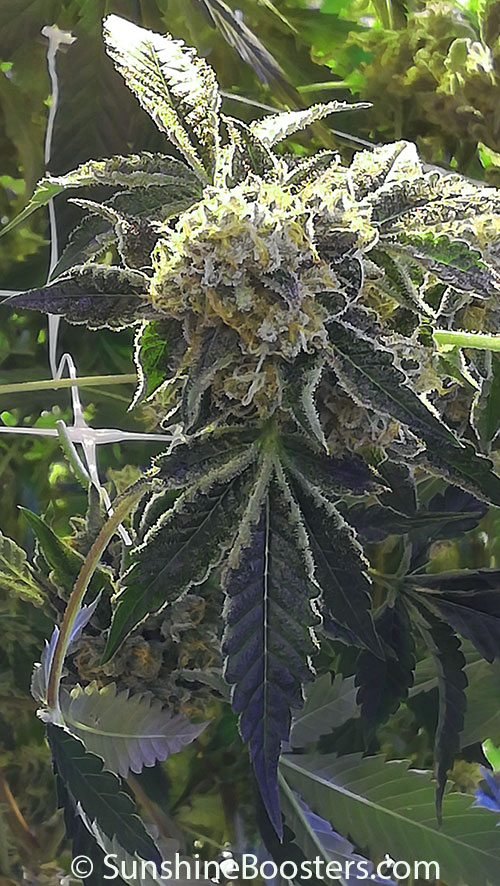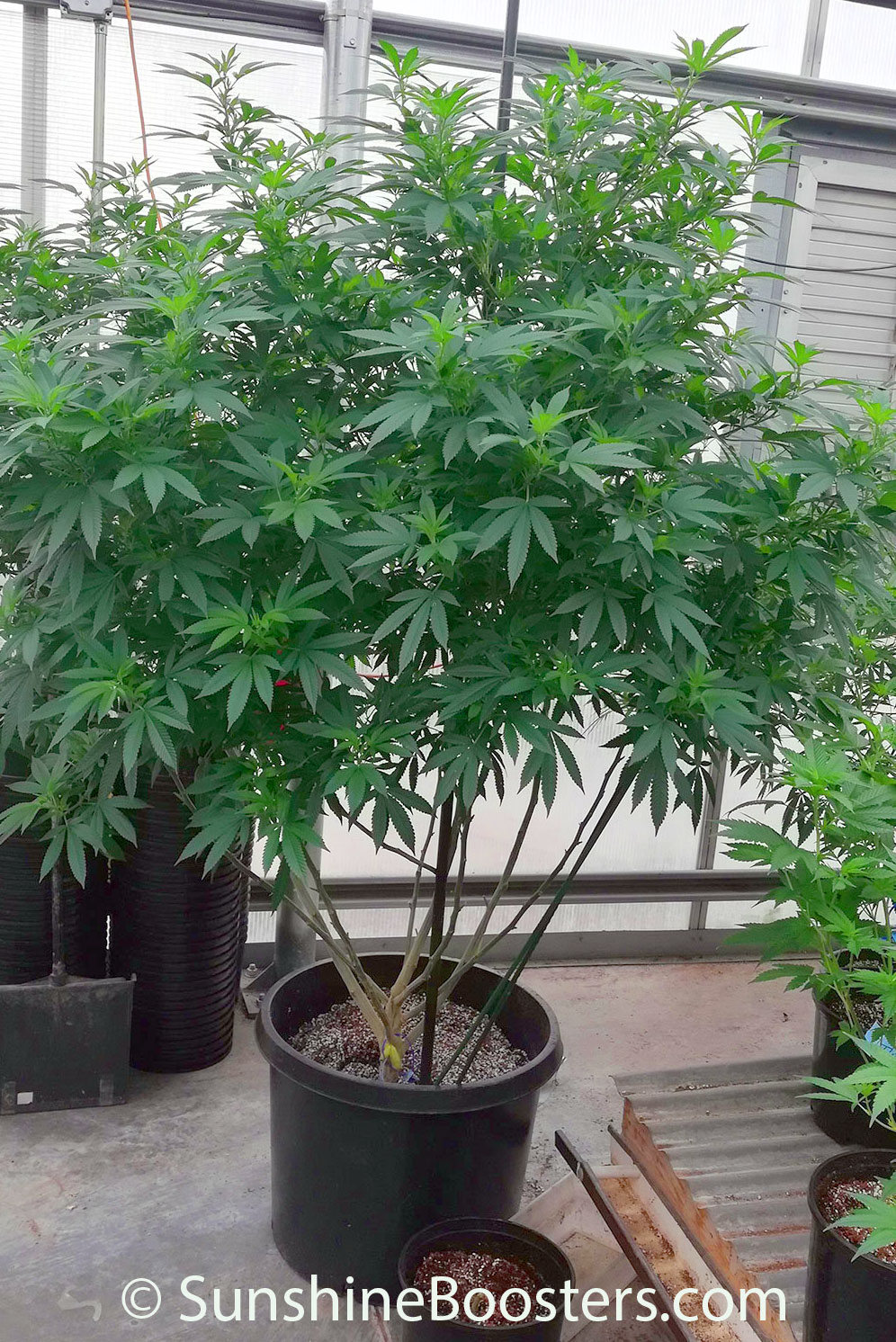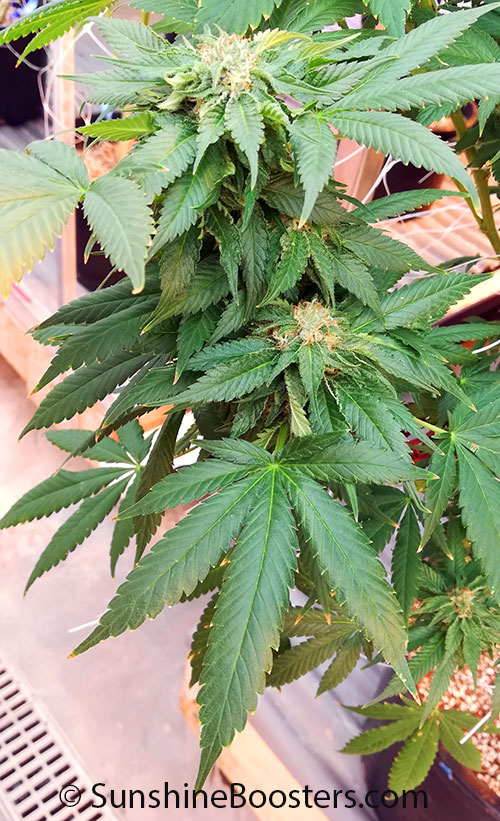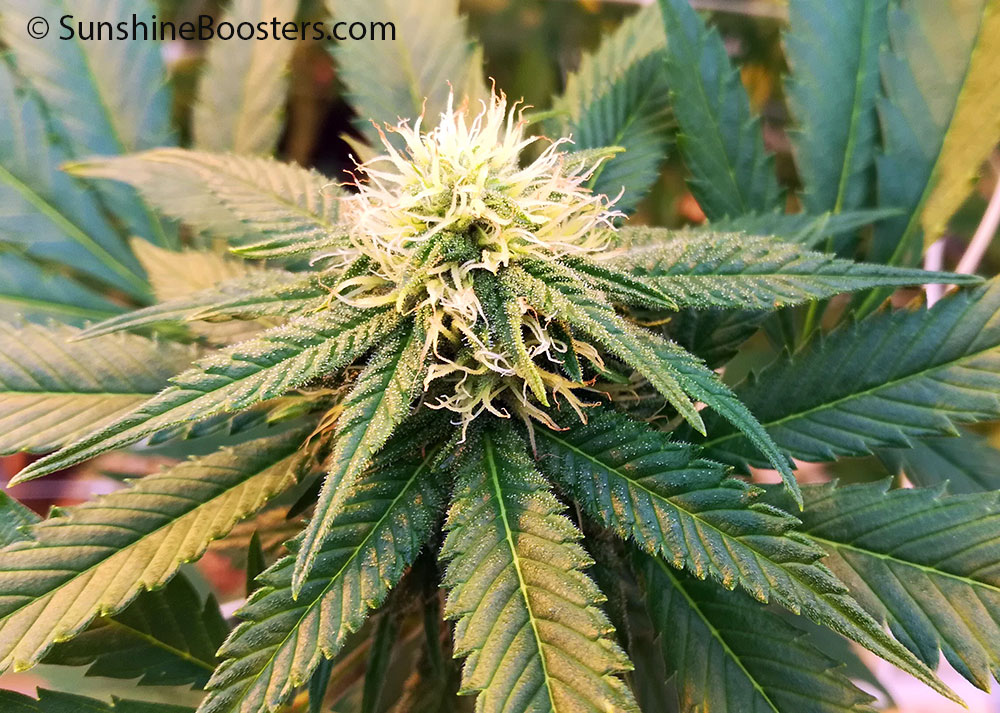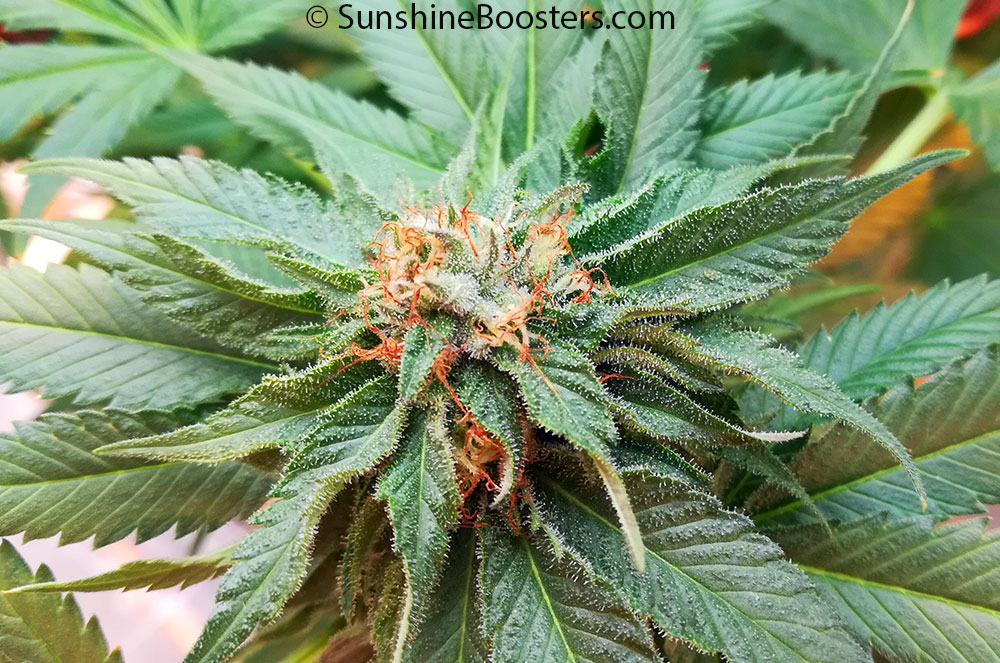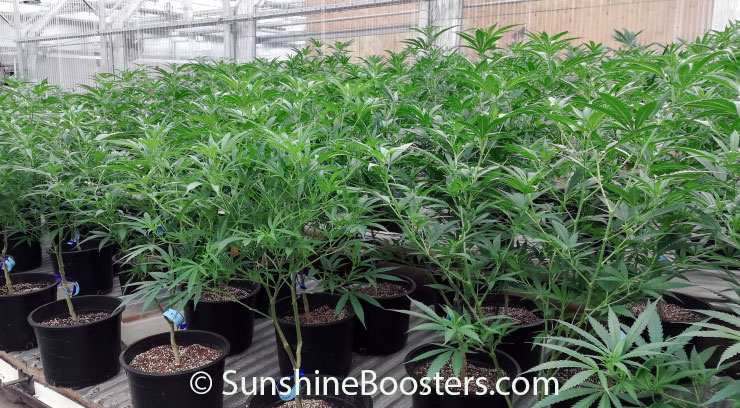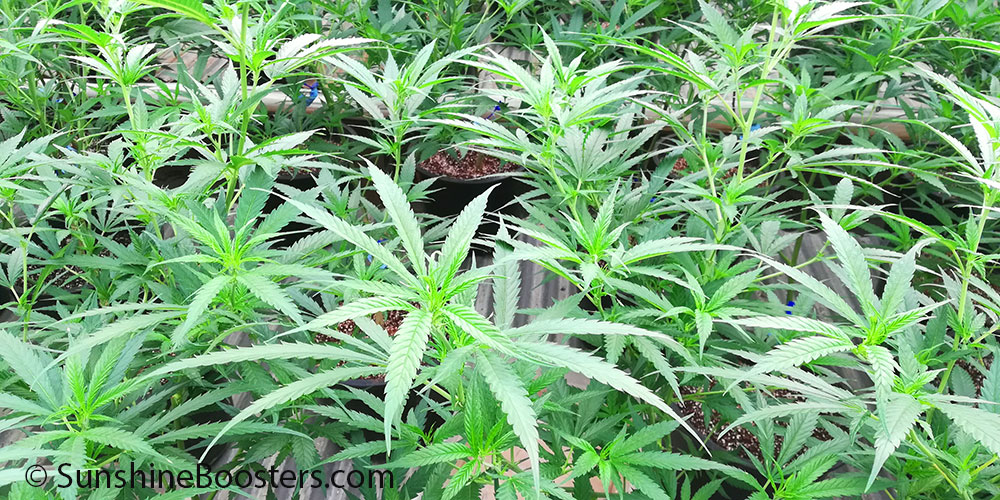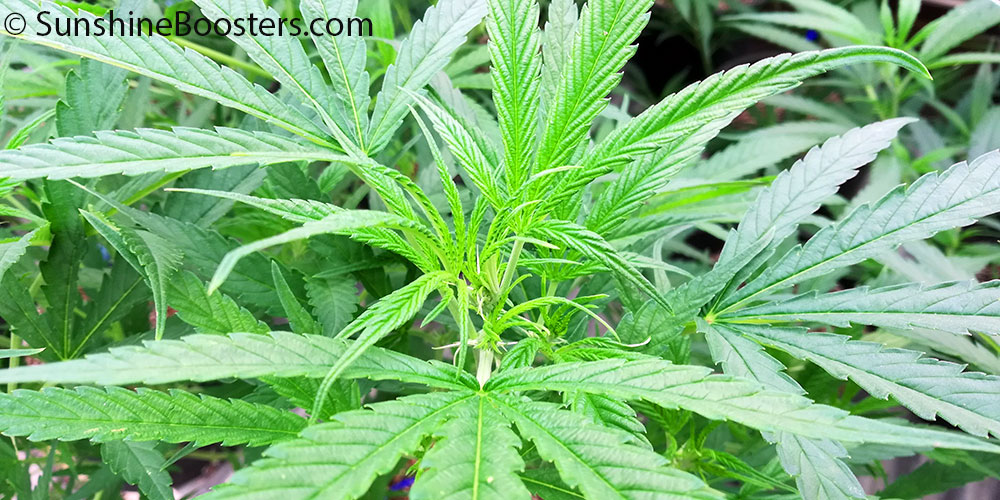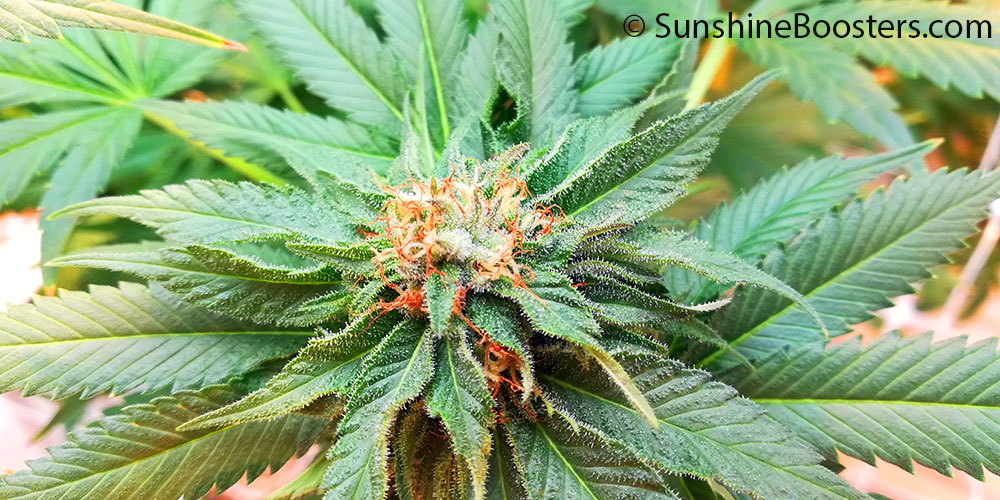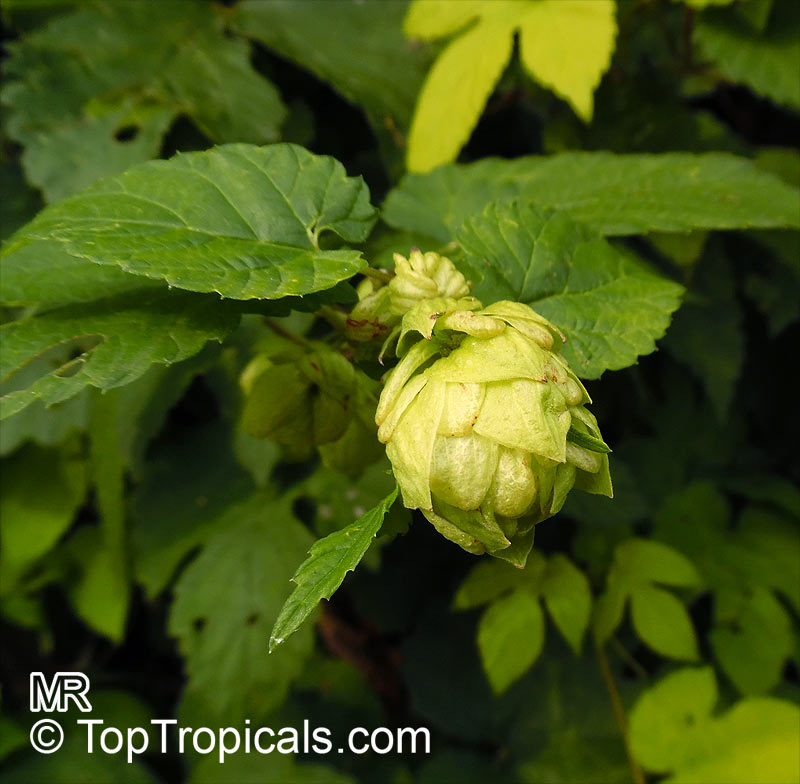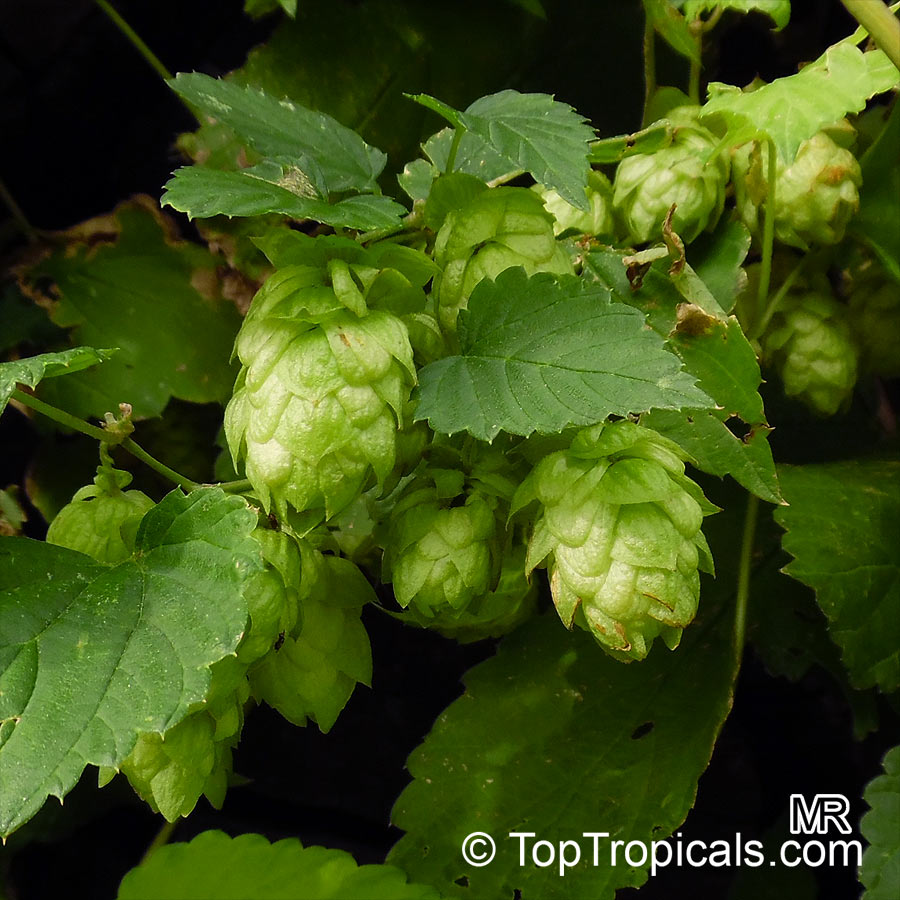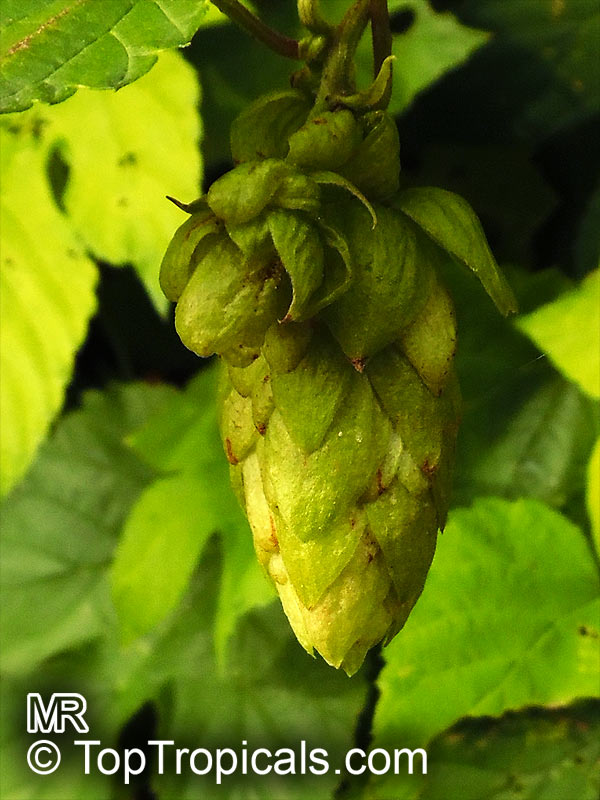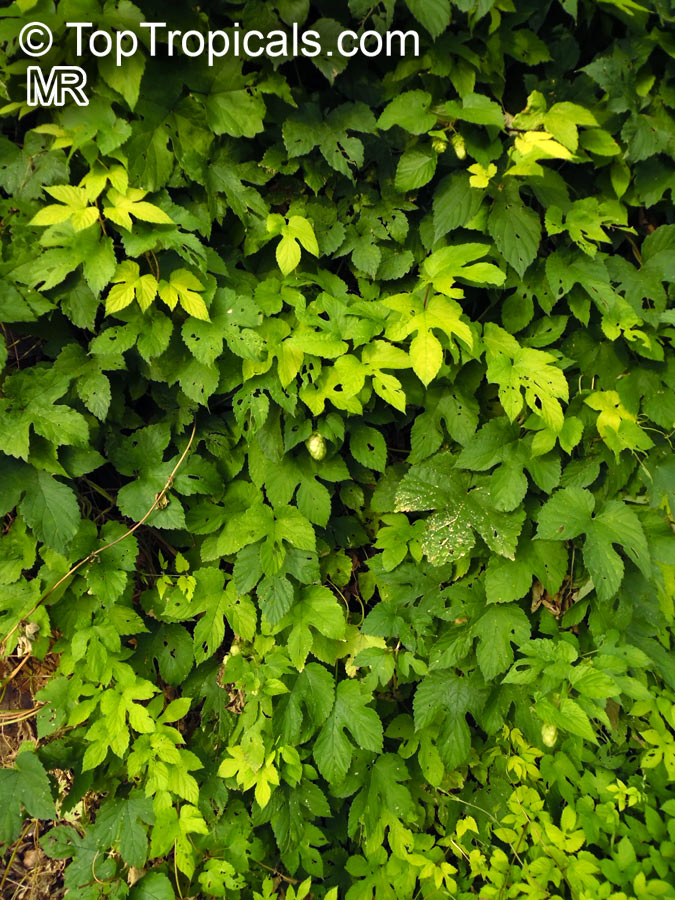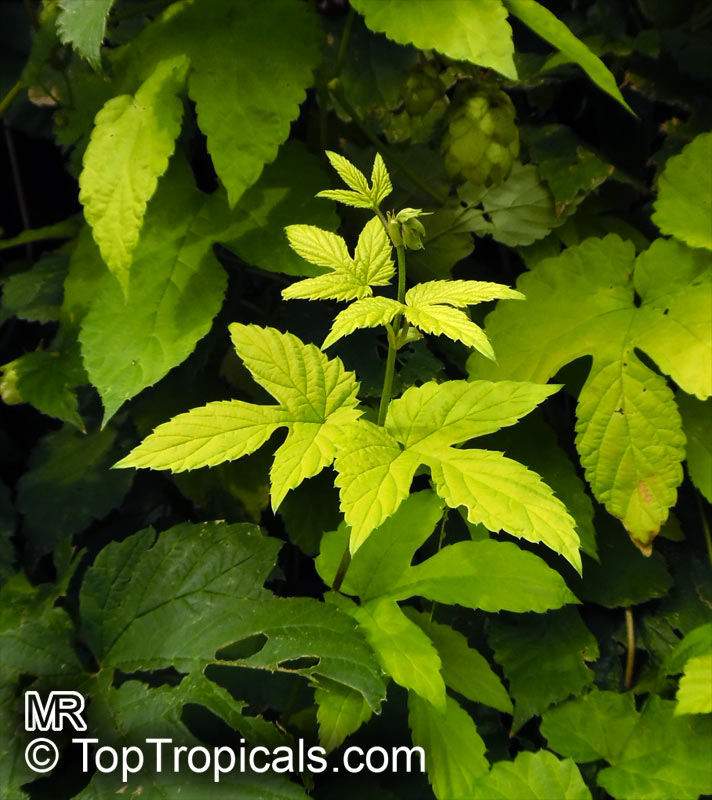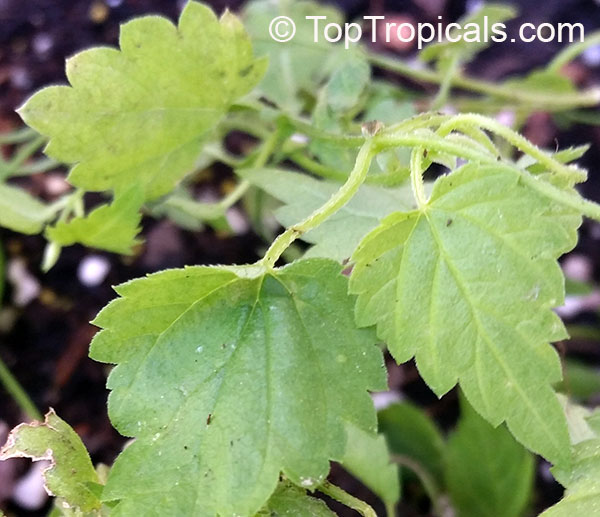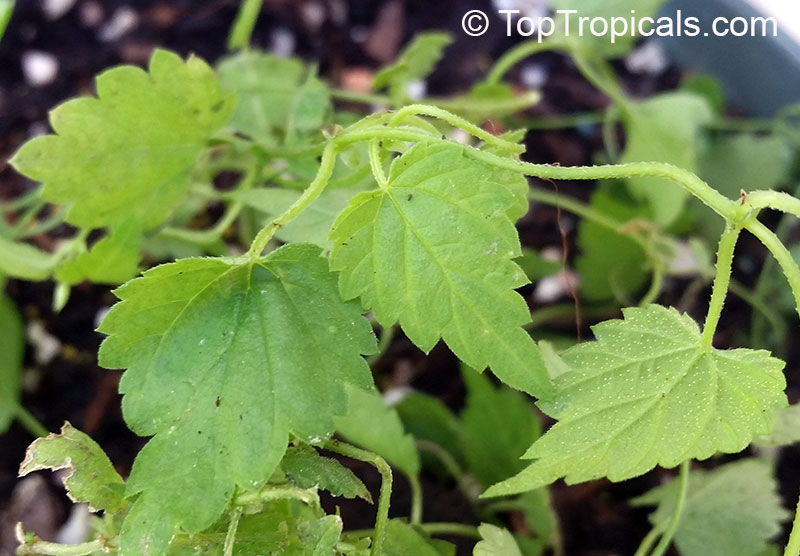Cannabaceae - Botanical Family
Top Tropicals Plant Encyclopedia
| Number of plants found: 2 |
Botanical names: Cannabis sativa, Cannabis indica, Cannabis ruderalis
Common name: Cannabis
Family: Cannabaceae
Origin: Central Asia, Indian subcontinent





Cannabis sativa is an annual herbaceous flowering plant indigenous to eastern Asia but now of cosmopolitan distribution due to widespread cultivation (as multiple hybrids/strains of Cannabis sativa, Cannabis indica, Cannabis ruderalis). It has been cultivated throughout recorded history, used as a source of industrial fiber, seed oil, food, recreation, religious and spiritual moods and medicine. Each part of the plant is harvested differently, depending on the purpose of its use. The species was first classified by Carl Linnaeus in 1753. The word "sativa" means things that are cultivated.
The flowers of Cannabis sativa are unisexual and plants are most often either male or female. It is a short-day flowering plant, with staminate (male) plants usually taller and less robust than pistillate (female or male) plants. The flowers of the female plant are arranged in racemes and can produce hundreds of seeds. Male plants shed their pollen and die several weeks prior to seed ripening on the female plants.
Cannabis sativa seeds are chiefly used to make hempseed oil which can be used for cooking, lamps, lacquers, or paints. They can also be used as caged-bird feed, as they provide a source of nutrients for most animals. The flowers and fruits (and to a lesser extent the leaves, stems, and seeds) contain psychoactive chemical compounds known as cannabinoids that are consumed for recreational, medicinal, and spiritual purposes.
Cannabis, also known as marijuana, is a psychoactive drug from the Cannabis plant used for medical or recreational purposes. The main psychoactive part of cannabis is tetrahydrocannabinol (THC), one of the 483 known compounds in the plant, including at least 65 other cannabinoids.
Medical cannabis, or medical marijuana, can refer to the use of cannabis and its cannabinoids to treat disease or improve symptoms; however, there is no single agreed-upon definition.
Cannabis has held sacred status in several religions and has served as an entheogen - a chemical substance used in religious, shamanic, or spiritual contexts - in the Indian subcontinent since the Vedic period dating back to approximately 1500 BCE. There are several references in Greek mythology to a powerful drug that eliminated anguish and sorrow. So far, the medical use of cannabis is legal only in a limited number of territories, including Canada, Belgium, Australia, the Netherlands, Spain, and many U.S. states. This usage generally requires a prescription, and distribution is usually done within a framework defined by local laws.
Botanical name: Humulus lupulus
Common names: Hops, Common Hop
Family: Cannabaceae
Origin: Europe, Western Asia









Hops, also known as Humulus lupulus, are a flowering plant native to Europe and western Asia. They are a popular ingredient in beer and have a bitter taste due to their inflorescences with white to off-white flowers that have a pleasant fragrance. Hops can also be used as a spice or herb, and their cone-shaped fruits are edible. In addition to their use in brewing, hops have several health benefits. They can help with sleep issues and have antimicrobial properties. They can also aid in digestion, lower cholesterol, and improve cardiovascular health.
Hops are easy to grow, but they do require full sun and regular watering, being careful not to overwater. Hops grows well in USDA Zones 4-9. Mature plants can produce several hundred cone-shaped fruits. The fruits of the plant contain antioxidants, vitamins, and minerals that can boost the immune system and fight inflammation. This makes hops a popular ornamental plant as well.
Hops can be grown on a fence near an outdoor terrace, in a container with a tripod-shaped trellis, or over spring-flowering shrubs. They thrive in moist but well-drained, moderately fertile soil that is rich in humus. Hops die back in the winter but return each year.
Use link to repeat this search:
https://toptropicals.com/cgi-bin/garden_catalog/cat.cgi?search_op=and&keyword_op=and&language=e&family=Cannabaceae&number=10
&no_change_lang=1&user=tt&sale=1&first=0
